16 Iconic Buildings Every Architecture Lover Needs to Visit in Person
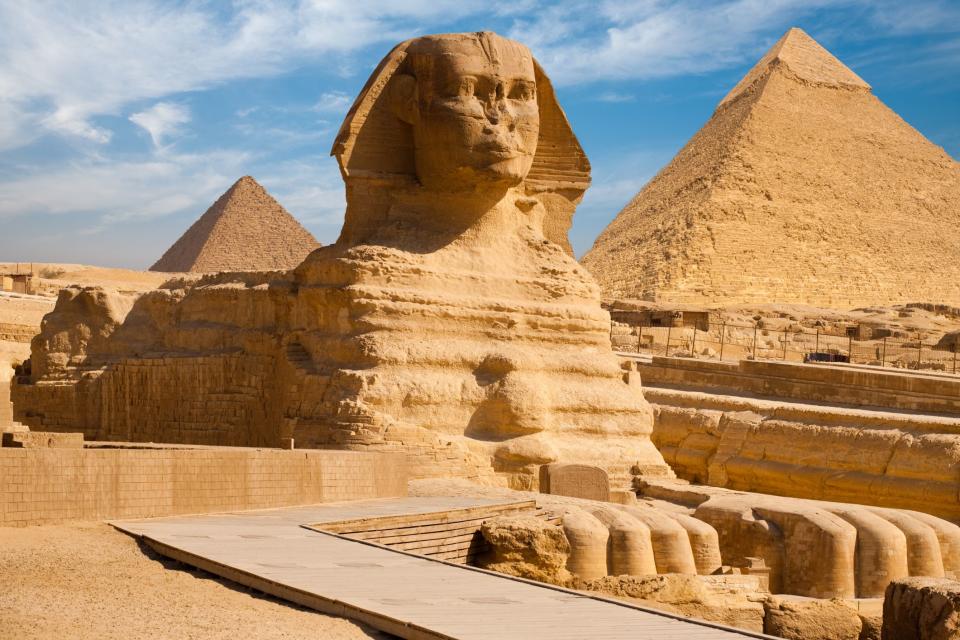



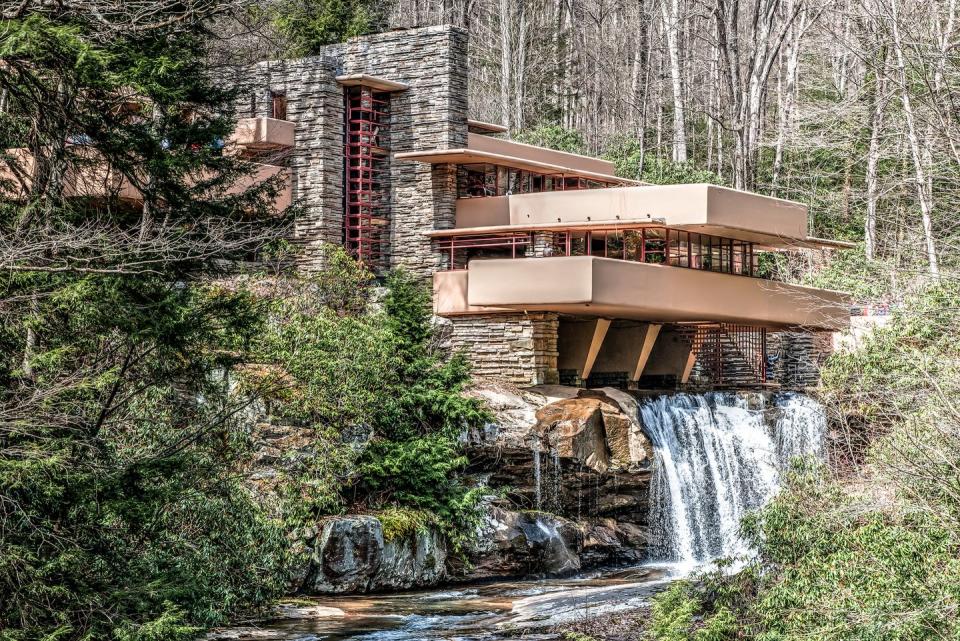
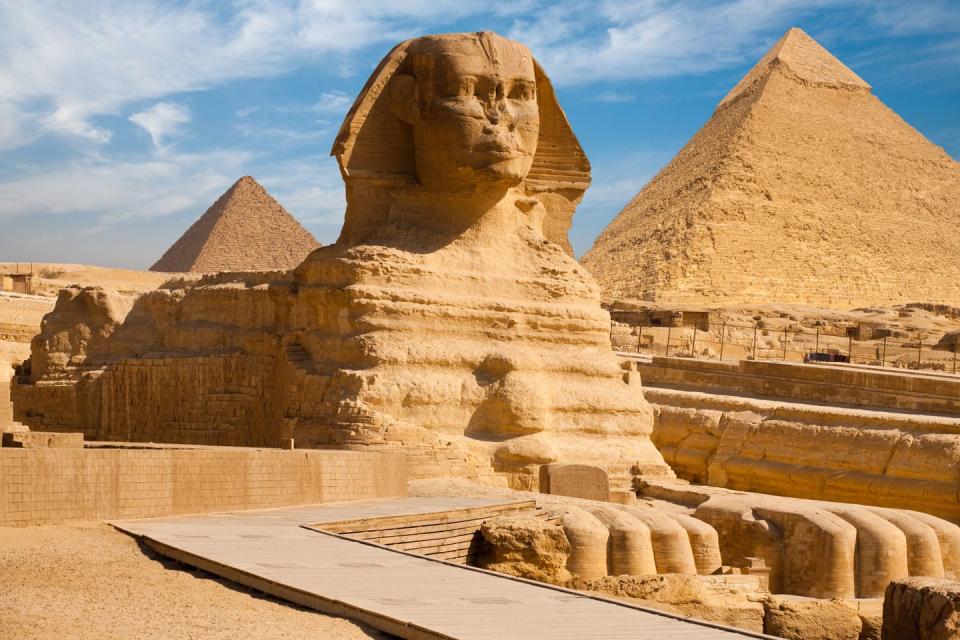
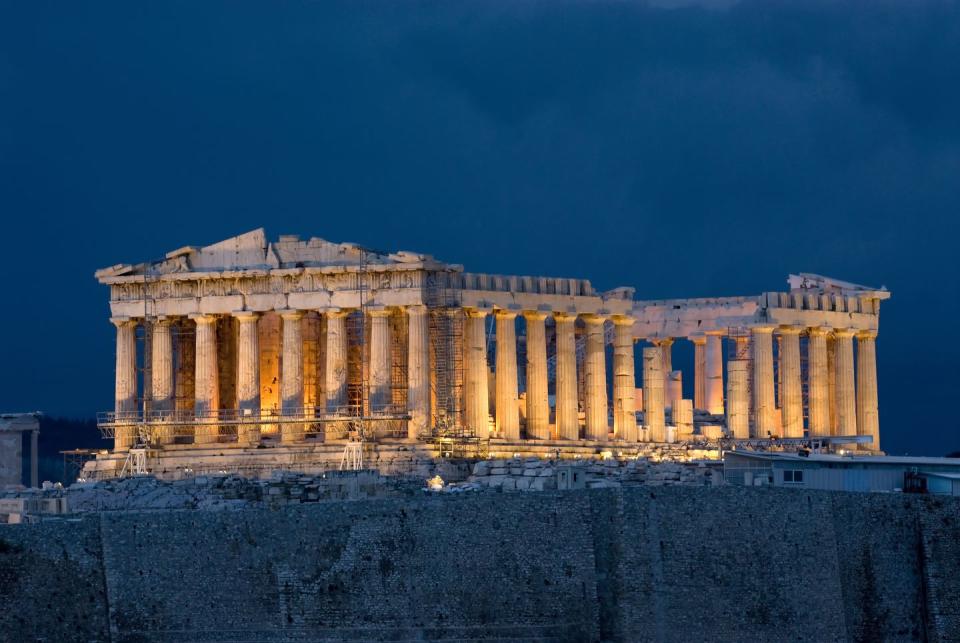
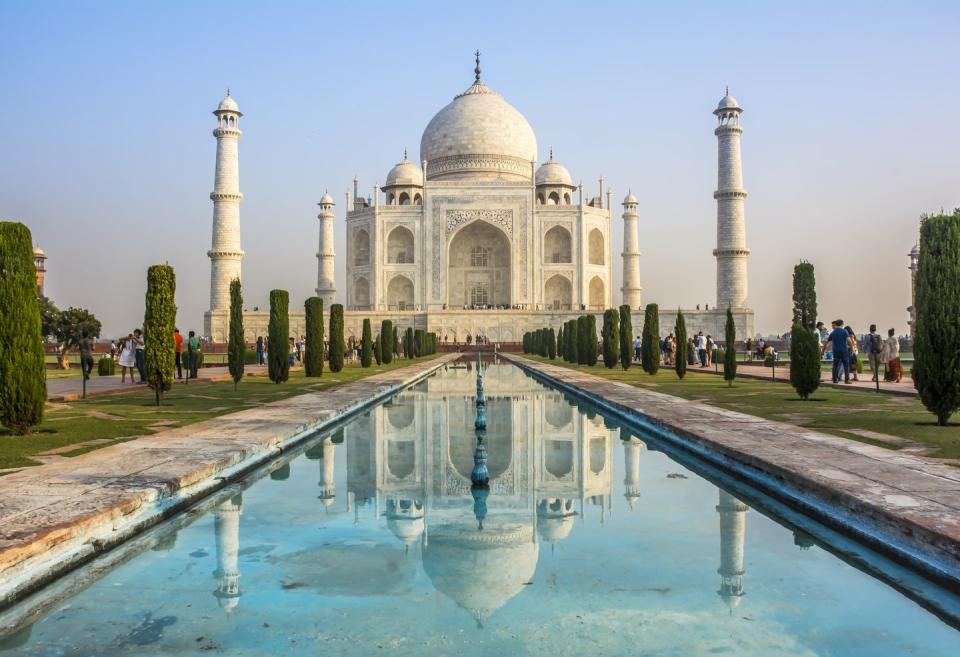
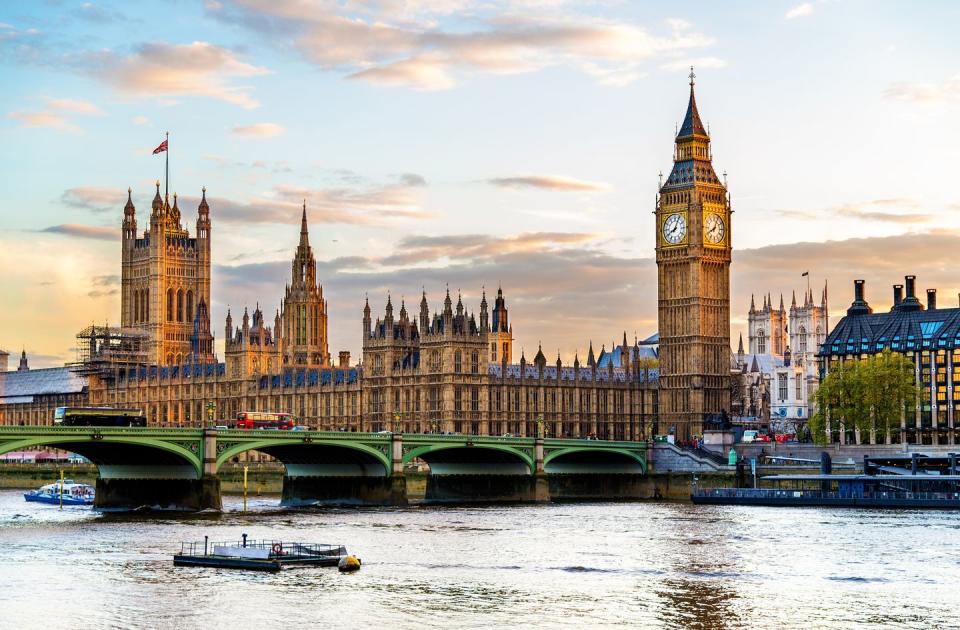

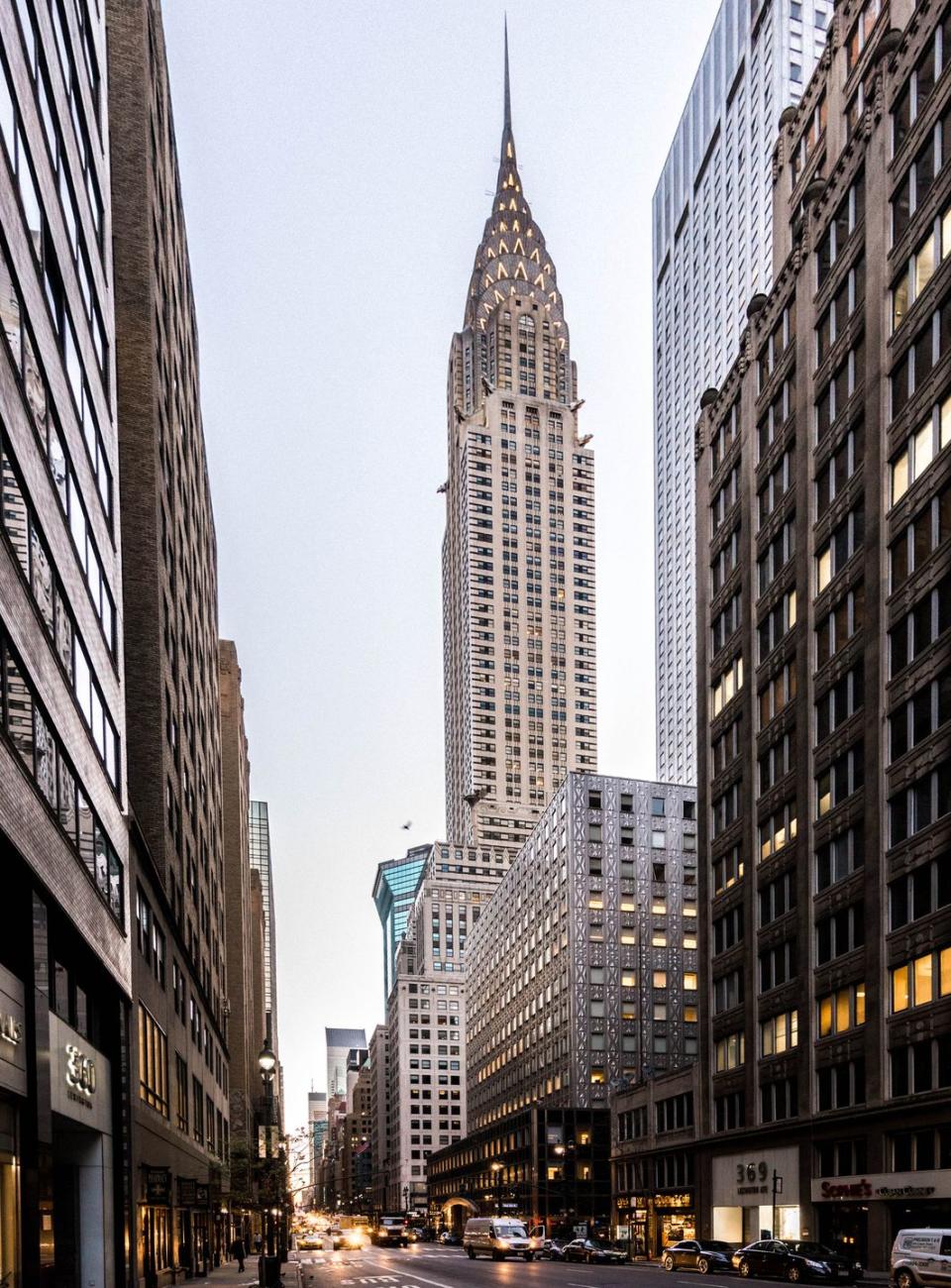
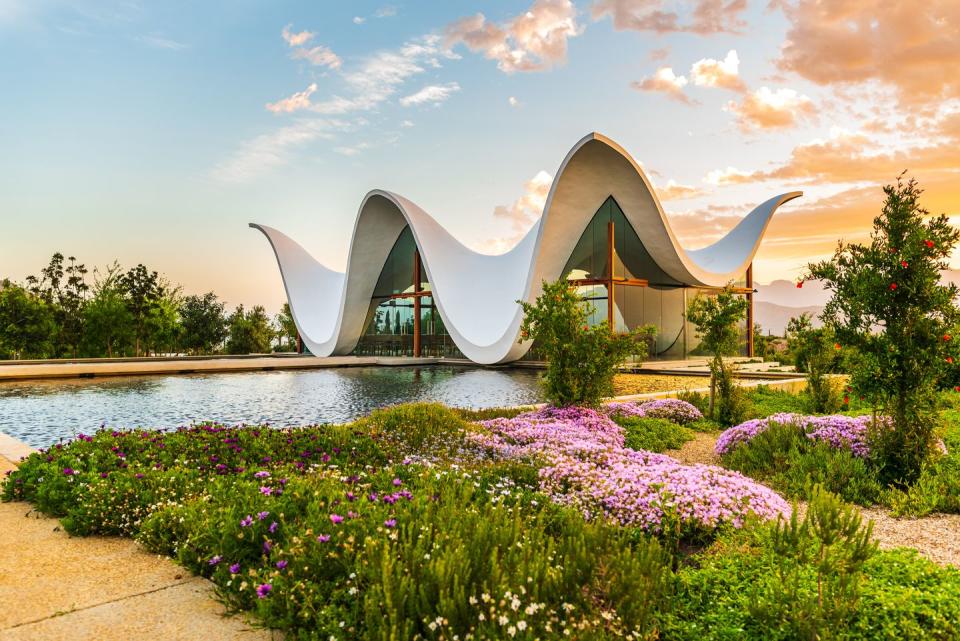

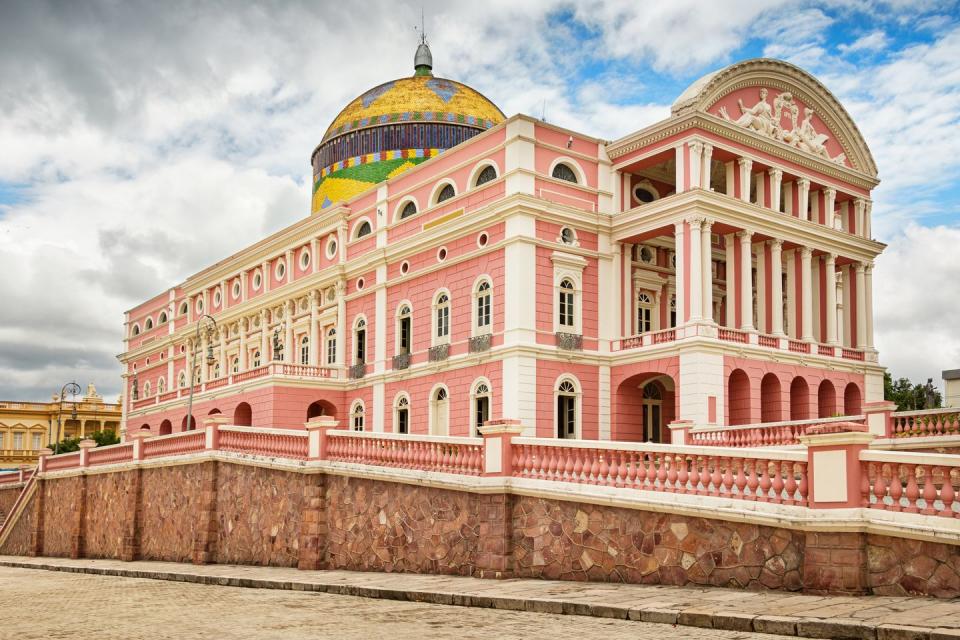
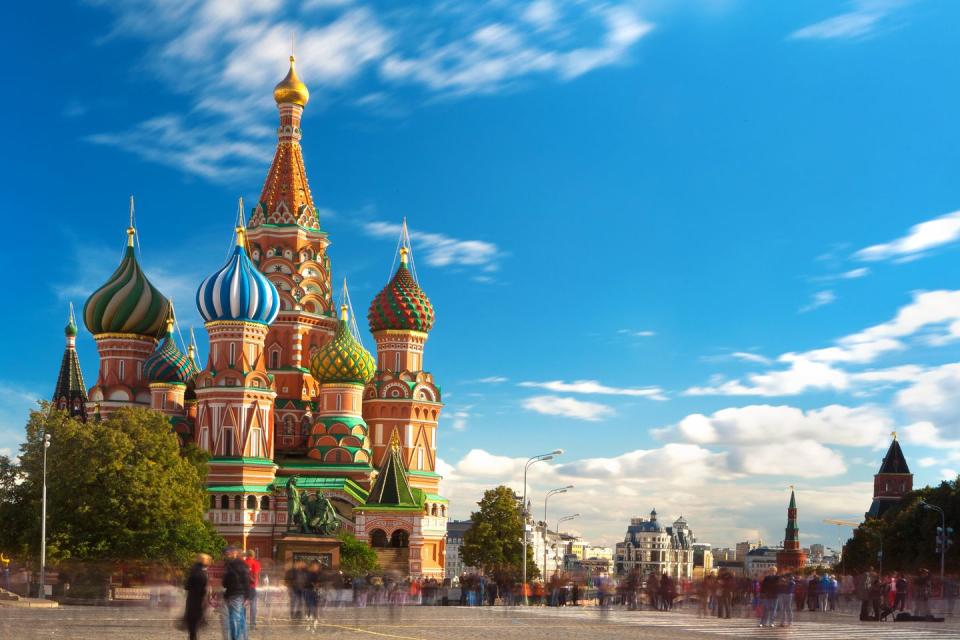
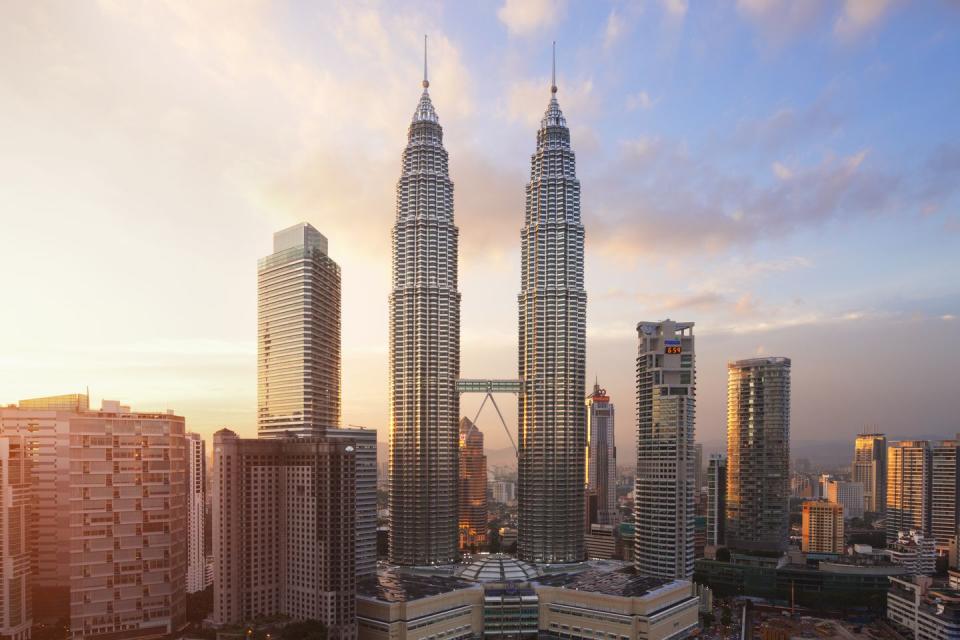
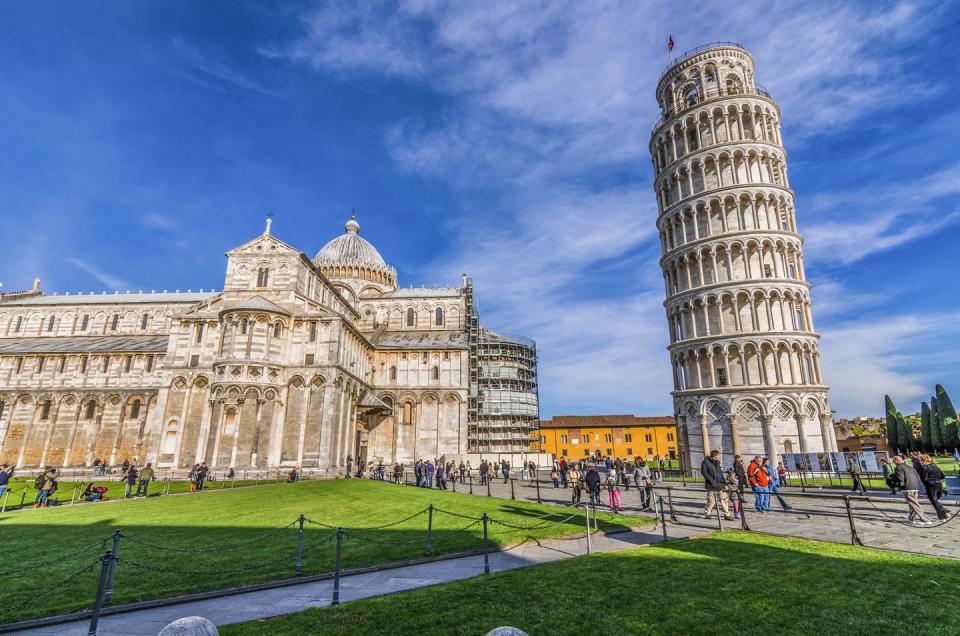
16 Iconic Buildings Every Architecture Lover Needs to Visit in Person
A seasoned traveler will tell you that one of the surest ways to learn about the history of a chosen destination is to look at its renowned architecture. While any location’s celebrated museums, manicured gardens, and diverse food scene offer insight into its culture, it’s the one-of-a-kind structures that create its landscape, which reveal a deeper level of its history and understanding of its people.
For as long as humans have been on this planet, architects, engineers, and everyday people have worked together to develop buildings and landmarks to withstand the test of time and give insights into their societies. Narrowing down a list of the most celebrated structures can be tricky, but the ones seen here not only act as hallmarks of the regions' architectural styles, but also offer a closer look at the people who live or once lived there.
Time to start your architectural bucket list.

